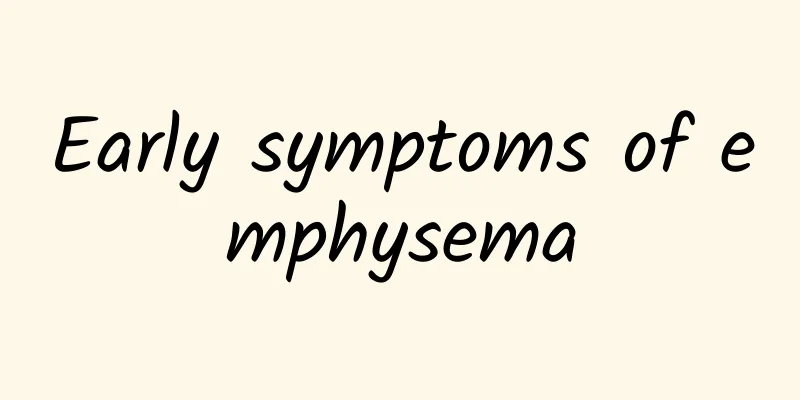What to do if you have a thrombosis in your arm vein

|
Although venous thrombosis in the arms is relatively rare in life, it is very harmful. Generally, it is caused by cardiac thrombosis. Patients with this phenomenon often experience swelling of the upper limbs, causing symptoms of pain and discomfort. This situation must be treated promptly. If the thrombus is relatively large, it may affect blood return. Thrombolytic treatment must be performed in time to avoid greater harm to health. Six danger signs of blood clots 1. Swelling of limbs. Swelling in the legs or arms is one of the most common symptoms of deep vein thrombosis. The blood clot blocks blood flow to the leg/arm and blood collects behind the clot, causing swelling. It’s easy to ignore the DVT symptoms of leg swelling while flying or when you’re sitting still for long periods of time. If a limb becomes swollen within a short period of time, especially if accompanied by pain on one side of the body, you should suspect deep vein thrombosis and go to the hospital for examination immediately. 2. Limb pain. Often, pain from a deep vein thrombosis is combined with other symptoms, such as swelling and redness, but sometimes the clot is the only pain. The pain caused by blood clots can easily be mistaken for muscle spasm or strain, and thus not taken seriously, missing the opportunity for treatment. People with DVT often experience pain when they walk or flex their foot upward. If your legs keep cramping and the skin in the affected area becomes warm or changes color, you need to go to the hospital immediately. 3. There are red streaks on the skin. Superficial bruising is also a form of clotting, but is nothing to worry about. With a deep vein thrombosis, you may see some discoloration or redness of the skin that resembles a bruise. Blood clots may appear as red streaks along the veins, and the affected limb may feel warm when touched. 4. Chest pain. Chest pain is often associated with a heart attack, but it can also be a sign of a pulmonary embolism. Dr. Navarro said that the symptoms of pulmonary embolism and heart attack are very similar, but the pain of the former is often sharp or stabbing, and the pain is particularly severe when taking a deep breath. The pain of a heart attack often radiates to the upper part of the body, such as the shoulder, jaw, or neck. The biggest difference between the two is that the pain of pulmonary embolism becomes more severe with every breath, while the pain of heart disease has little to do with breathing. No matter what kind of chest pain you have, you need to go to the emergency room immediately. 5. Shortness of breath or rapid heartbeat. Blood clots in the lungs slow the transport of oxygen in the blood. When the blood is low in oxygen, the body compensates for the lack of oxygen by speeding up the heart rate. Feeling a tremor in your chest and being unable to take a deep breath may be your body's emergency distress signal due to pulmonary embolism. The patient may also feel dizzy or even faint. If you suddenly experience symptoms such as shortness of breath or rapid heartbeat, be sure to seek help immediately. 6. Cough of unknown cause. If your persistent cough is accompanied by shortness of breath, a rapid heart rate, or chest pain, it is likely a pulmonary embolism. Dr. Navarro said that the cough caused by pulmonary embolism is usually a dry cough, but sometimes patients will cough up mucus or blood. Do not hesitate at this time, go to the emergency room immediately. |
<<: Which is better for preventing thrombosis: oral medicine or belly injection
>>: How to remove lymph nodes in the armpit
Recommend
Can raw cassia seeds be directly soaked in water and drunk?
Speaking of Cassia Seed Tea, a Chinese medicinal ...
What to eat for cerebral edema?
Brain diseases are currently difficult to cure. S...
What should I do if I have a bone tumor on my head?
In recent years, the incidence of bone tumors has...
What to do if you have frequent urination? There are ways to adjust your diet
Frequent urination and urgency are very embarrass...
How to treat hormonal dermatitis
Our skin is also very susceptible to some disease...
What are the benefits of moxibustion at Yongquan?
Moxibustion has a long history in traditional Chi...
Constipation with white sticky stool
Some people will find some white sticky substance...
How to treat tics
Tourette syndrome is what we usually call epileps...
Zhibai Dihuang Wan
There are many kinds of medicines, and different ...
What is the cause of nephritis caused by Henoch-Schonlein purpura?
Purpura is an allergic vasculitis that invades th...
What are the effects of hawthorn? What are the benefits of eating hawthorn
Hawthorn is a very healthy food with high health ...
Leg shaking is mentally retarded
Leg shaking is a very impolite behavior. Many peo...
What is the Chinese medicine for dispelling cold and dampness?
There are many kinds of traditional Chinese medic...
What are the symptoms of chronic allergic rhinitis?
Chronic rhinitis allergies trouble many people, s...
How to reduce swelling and relieve pain when the buttocks are swollen
In daily life, many people suffer from anal disea...









